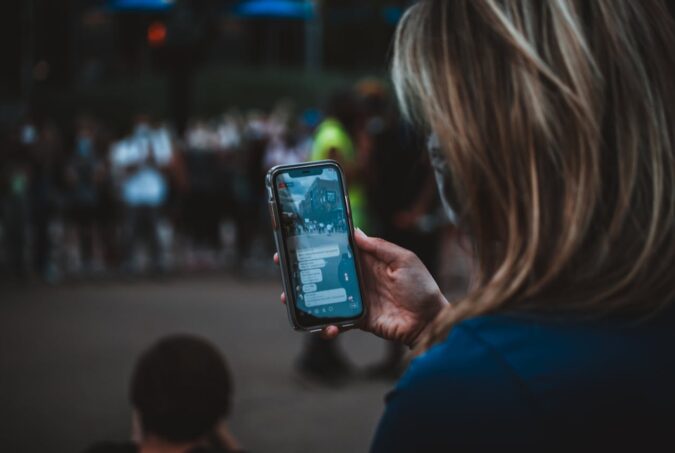
Widely reported as fraudulent, the 2011 Russian Parliamentary elections provoked mass street protest action by tens of thousands of people in Moscow and cities and towns across Russia. Image by Nikolai Vassiliev.
Blogs are becoming increasingly important for agenda setting and formation of collective public opinion on a wide range of issues. In countries like Russia where the Internet is not technically filtered, but where the traditional media is tightly controlled by the state, they may be particularly important. The Russian language blogosphere counts about 85 million blogs—an amount far beyond the capacities of any government to control—and the Russian search engine Yandex, with its blog rating service, serves as an important reference point for Russia’s educated public in its search of authoritative and independent sources of information. The blogosphere is thereby able to function as a mass medium of “public opinion” and also to exercise influence. One topic that was particularly salient over the period we studied concerned the Russian Parliamentary elections of December 2011. Widely reported as fraudulent, they provoked immediate and mass street protest action by tens of thousands of people in Moscow and cities and towns across Russia, as well as corresponding activity in the blogosphere. Protesters made effective use of the Internet to organise a movement that demanded cancellation of the parliamentary election results, and the holding of new and fair elections. These protests continued until the following summer, gaining widespread national and international attention. Most of the political and social discussion blogged in Russia is hosted on the blog platform LiveJournal. Some of these bloggers can claim a certain amount of influence; the top thirty bloggers have over 20,000 “friends” each, representing a good circulation for the average Russian newspaper. Part of the blogosphere may thereby resemble the traditional media; the deeper into the long tail of average bloggers, however, the more it functions as more as pure public opinion. This “top list” effect may be particularly important in societies (like Russia’s) where popularity lists exert a visible influence on bloggers’ competitive behaviour and on public perceptions of their significance. Given the influence of these top…









